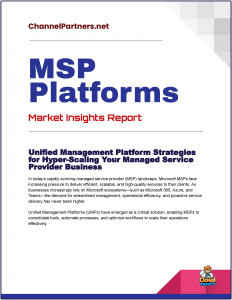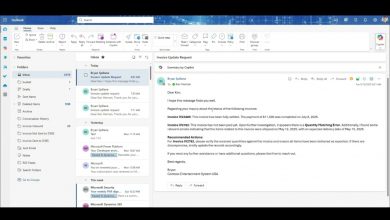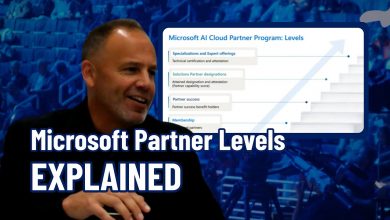Set Up and Manage Multi-tenant in Microsoft 365 Deep Dive
MVP Rolf Tröndle explore the intricacies of multi-tenant configurations within Microsoft 365.
 The central dynamic of MSP management platforms that enable scalability of service delivery business models is a ‘multi-tenant’ architecture.
The central dynamic of MSP management platforms that enable scalability of service delivery business models is a ‘multi-tenant’ architecture.
Multi-tenant configurations in Microsoft 365 (M365) refer to setups where multiple distinct organizations (tenants) share the same Microsoft 365 infrastructure while keeping their data, settings, and environments isolated from one another.
This concept is rooted in the cloud-based, software-as-a-service (SaaS) model that M365 operates on.
What is a Tenant in Microsoft 365?
A tenant is essentially a dedicated instance of Microsoft 365 services for a specific organization. When a company signs up for M365, it gets its own tenant, which includes its own domain (e.g., companyname.onmicrosoft.com), user accounts, security settings, and data storage. Each tenant is logically separated from others, even though they all run on Microsoft’s shared cloud infrastructure.
Multi-Tenant Architecture
Microsoft 365 is built on a multi-tenant architecture, meaning Microsoft hosts the platform (like Exchange Online, SharePoint Online, Teams, etc.) on its servers and serves millions of organizations worldwide. Here’s how it works:
- Shared Infrastructure: All tenants use the same underlying hardware, software, and services managed by Microsoft.
- Logical Isolation: Despite sharing the backend, each tenant’s data, configurations, and user access are isolated using strict security boundaries (e.g., Azure Active Directory for identity management).
- Scalability: Microsoft can scale the infrastructure globally, adding resources as needed, without affecting individual tenants.
Multi-Tenancy Within an Organization
Sometimes, “multi-tenant” can also refer to scenarios where a single organization manages multiple M365 tenants. This isn’t the default—most organizations operate a single tenant—but it happens in specific cases:
- Mergers and Acquisitions: If Company A acquires Company B, and both have separate M365 tenants, they might temporarily run both until they consolidate.
- Geographic or Regulatory Needs: A global company might use separate tenants for different regions to comply with data residency laws (e.g., GDPR in Europe vs. U.S. regulations).
- Business Unit Separation: Large enterprises might create distinct tenants for different divisions to enforce strict administrative or security boundaries.
Key Features of Multi-Tenant Configurations
- Azure Active Directory (AAD): Each tenant has its own AAD instance to manage users, groups, and authentication. Cross-tenant collaboration (e.g., sharing Teams or documents) is possible but controlled via guest access or tenant-to-tenant policies.
- Customization: Tenants can configure their own policies (e.g., security, compliance, mailbox settings) without affecting others.
- Data Segregation: Microsoft ensures that data from one tenant is inaccessible to another, backed by encryption and access controls.
- Admin Control: Each tenant has its own admin center, where IT manages users, licenses, and services specific to that organization.
Multi-Tenant Collaboration
Microsoft 365 supports features for tenants to interact:
- Cross-Tenant Access: Users from one tenant can be invited as guests to another tenant’s resources (e.g., Teams meetings or SharePoint sites) using AAD B2B collaboration.
- Tenant-to-Tenant Migration: Tools like third-party solutions or Microsoft’s native capabilities allow data and users to move between tenants (e.g., during a company merger).
Challenges of Multi-Tenant Setups
- Management Overhead: Running multiple tenants means managing multiple admin centers, policies, and licenses separately.
- Consistency: Settings and user experiences might differ across tenants, complicating support.
- Cost: Each tenant requires its own licenses, which can get expensive.
Single Tenant vs. Multi-Tenant
Most organizations stick to a single-tenant model for simplicity—everything under one roof. Multi-tenant setups are typically a strategic choice driven by specific business or legal needs rather than a default configuration.
In short, multi-tenant configurations in Microsoft 365 are about balancing shared infrastructure with isolated control. Whether it’s Microsoft hosting millions of tenants or an organization juggling a few, the system’s designed to keep things separate yet connected where needed.



